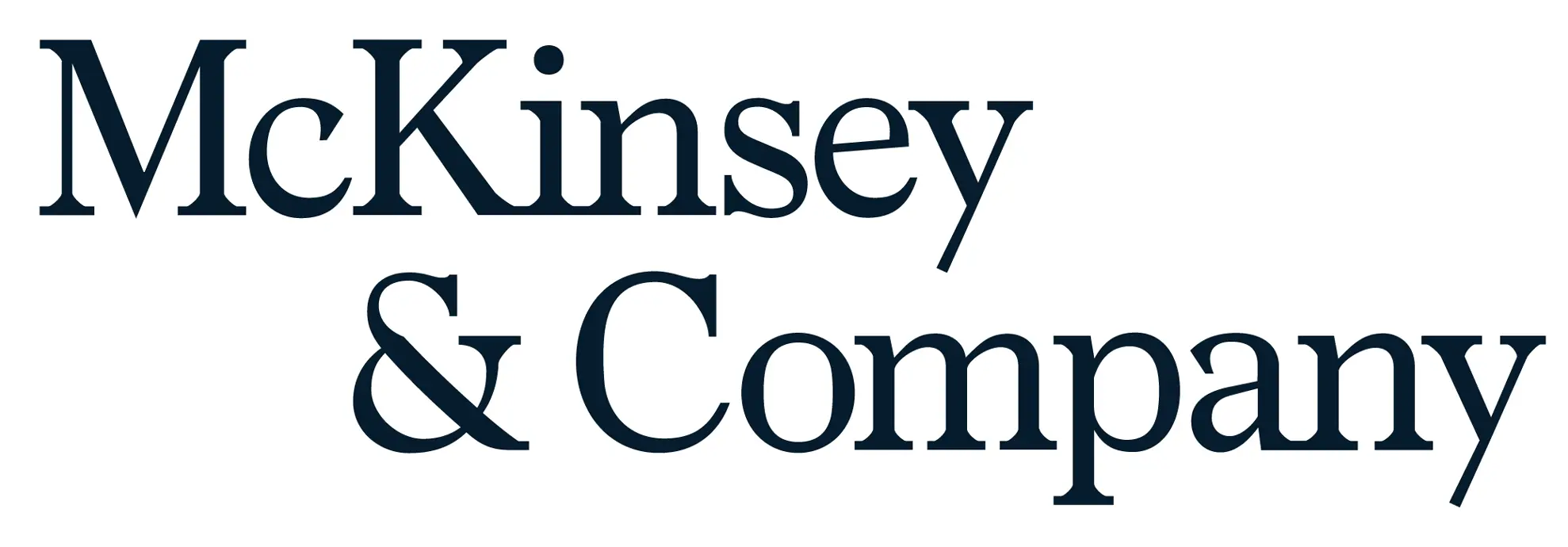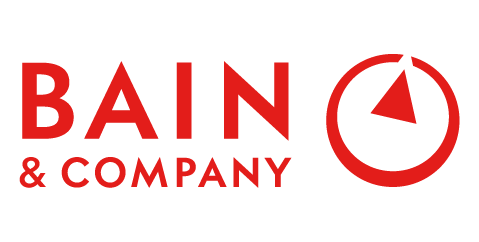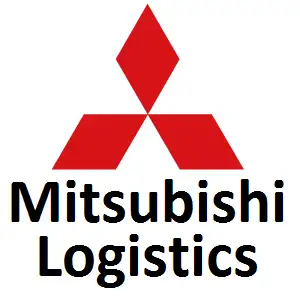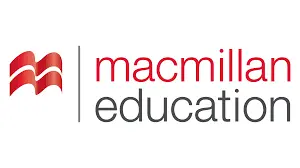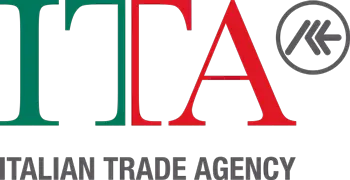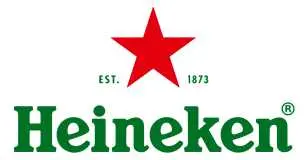
Janitorial Supplies Market Share, Trends, Revenue, CAGR Status, Growth Drivers, Challenges and Future Investment Opportunities Till 2034: SPER Market Research
Category :
Consumer & Retail
Published: Jan-2025
Author: SPER Analysis Team
Janitorial Supplies Market Share, Trends, Revenue, CAGR Status, Growth Drivers, Challenges and Future Investment Opportunities Till 2034: SPER Market Research
Global Janitorial Supplies Market is projected to be worth 120.64 billion by 2034 and is anticipated to surge at a CAGR of 5.69%.
Janitorial supplies describes the equipment and materials needed to clean, maintain, and sanitize structures and facilities. For routine cleaning duties in commercial, industrial, and residential settings, these items are necessary. Typical janitorial supplies include cleaning products (such as glass cleaners, detergents, and disinfectants), cleaning tools (such as vacuums, brooms, and mops), and accessories (such as paper towels, trash bags, and gloves). They provide hygienic conditions, safety, and cleanliness in settings such as workplaces, schools, hospitals, and lodging facilities. Professional cleaning services or maintenance personnel usually use these goods to maintain cleanliness standards and foster a comfortable, healthy environment.
Drivers: The need for cleaning supplies has increased as a result of the increased emphasis on hygiene and cleanliness. In order to avoid infections and encourage employee wellness, sanitary surroundings are becoming more and more important in commercial spaces, healthcare facilities, and educational institutions. Additionally, regulatory agencies stress strict hygienic practices, which encourage companies to spend money on high-quality cleaning equipment and solutions. This increased consumer and business awareness creates a strong market for janitorial supplies and propels industry innovation to satisfy rising needs for efficient, environmentally friendly cleaning products. The need for janitorial supplies is rising in tandem with the notable expansion of the hotel and service sectors. One of the main factors propelling the market for janitorial supplies is the introduction of sophisticated cleaning technology.
Request For Free Sample Report @ https://www.sperresearch.com/report-store/janitorial-supplies-market.aspx?sample=1
Challenges: There are many competitors in the janitorial supplies sector, which can result in price wars that reduce profit margins. New competitors who offer less expensive alternatives to well-known brands might pressure established businesses to drop their pricing in order to keep market share. The market for janitorial materials is challenged by stricter environmental restrictions. Businesses that produce, package, and dispose of cleaning products must abide by a number of federal regulations. Economic downturns can have a major effect on the market for janitorial supplies since they might result in lower spending on cleaning services, especially in commercial settings. Companies may decide to save costs by postponing purchases or moving to inferior goods, which will have an impact on total sales volume.
Market Trends: Growing consumer demand for environmentally friendly, non-toxic, and sustainable cleaning products is changing the janitorial supplies business. Cleaning products that are biodegradable and green-certified are becoming increasingly popular as a result of consumers' and businesses' growing environmental consciousness. Innovation in automated cleaning tools, such floor scrubbers and robotic vacuums, is also being seen in the market. These tools increase productivity in commercial settings. Demand for sanitizing solutions and disinfectants is still being driven by the increase in hygiene awareness, particularly in the wake of the epidemic. The market is also expanding as a result of the expanding trend of facility management services across sectors.
Global Market Key Players:
Kimberly-Clark Worldwide, Inc., 3M, Diversey, Inc., SC Johnson Professional USA, Inc., Ecolab, Henkel AG & Co. KGaA, Vileda, The Clorox Company, Rubbermaid Commercial Products, and P&G are just a few of the major market players that are thoroughly examined in this market study along with revenue analysis, market segments, and competitive landscape data.
For More Information about this Report @ https://www.sperresearch.com/report-store/janitorial-supplies-market.aspx
Global Janitorial Supplies Market Segmentation:
By Product: Based on the Product, Global Janitorial Supplies Market is segmented as; Cleaning Products, Cleaning Tools, Paper & Plastic Products.
By Distributional Channel: Based on the Distributional Channel, Global Janitorial Supplies Market is segmented as; Online, Offline.
By End User: Based on the End User, Global Janitorial Supplies Market is segmented as; Commercial, Residential.
By Region: This research also includes data for North America, Latin America, Asia-Pacific, Europe and Middle East & Africa.
This study also encompasses various drivers and restraining factors of this market for the forecast period. Various growth opportunities are also discussed in the report.
Would you like to view the sample pages?
Get Sample PagesExplore Related Reports
Domains Served
Our Global Clients
Our data-driven insights have influenced the strategy of 200+ reputed companies across the globe.






















